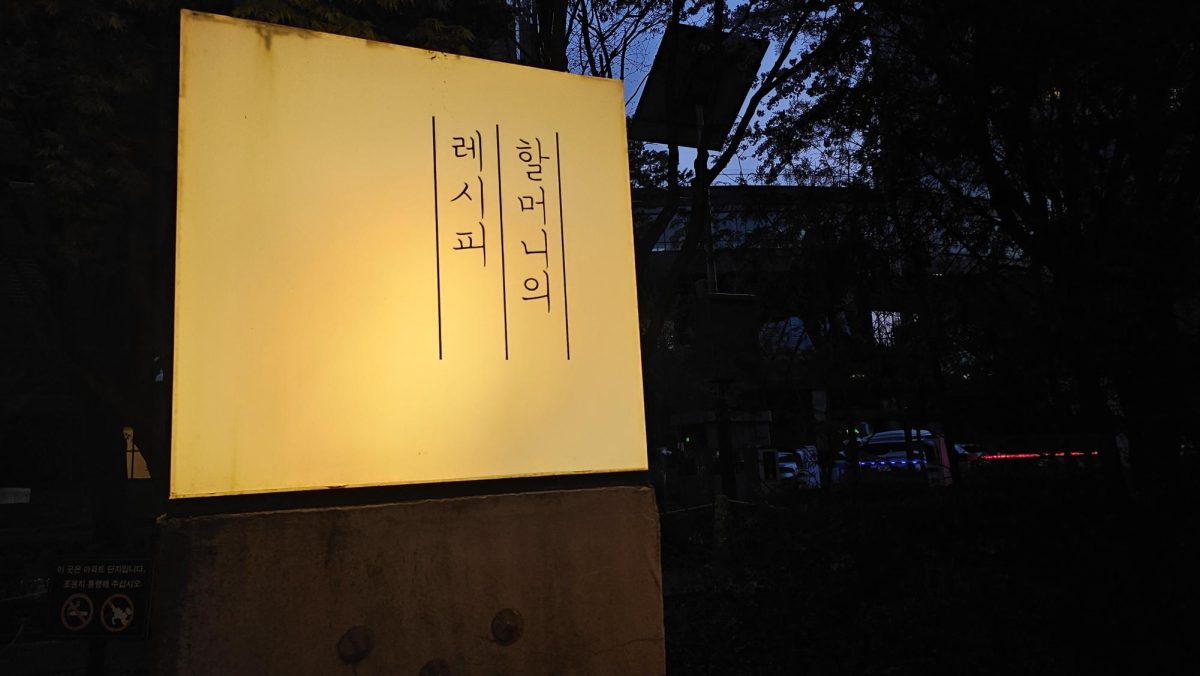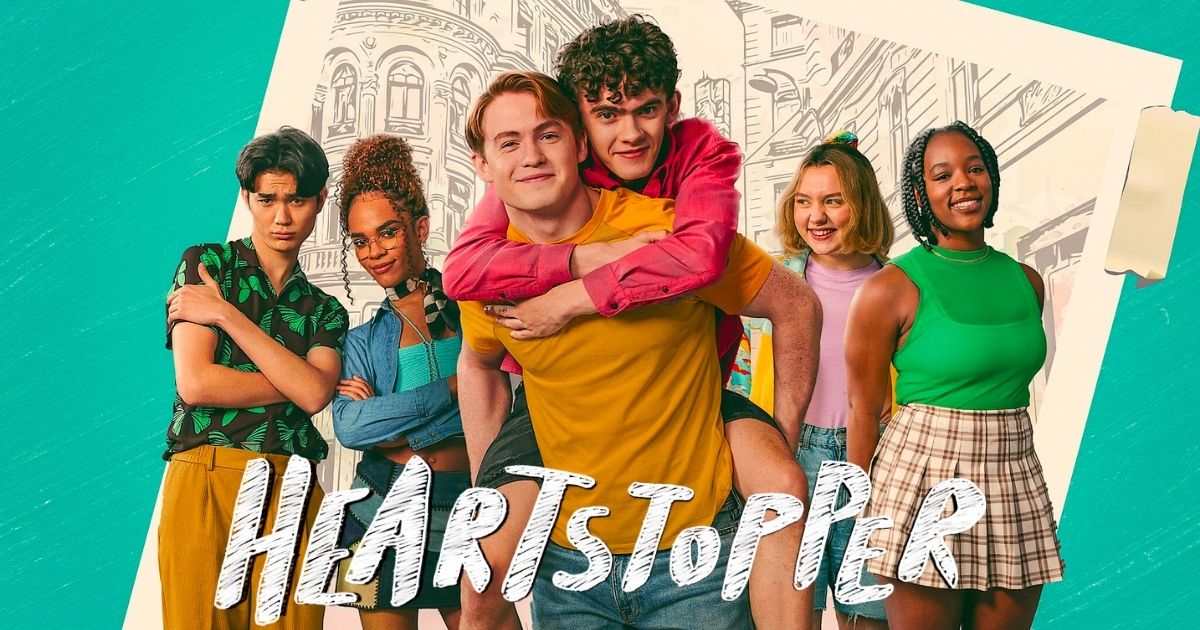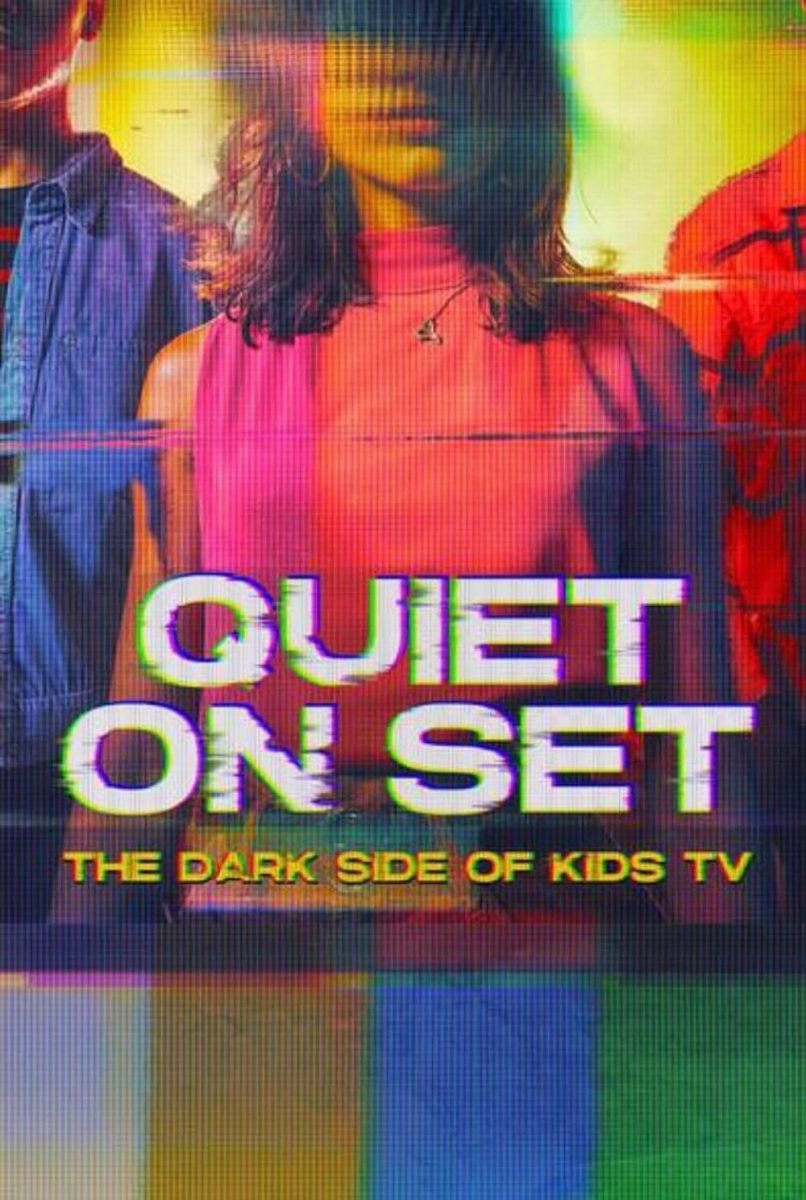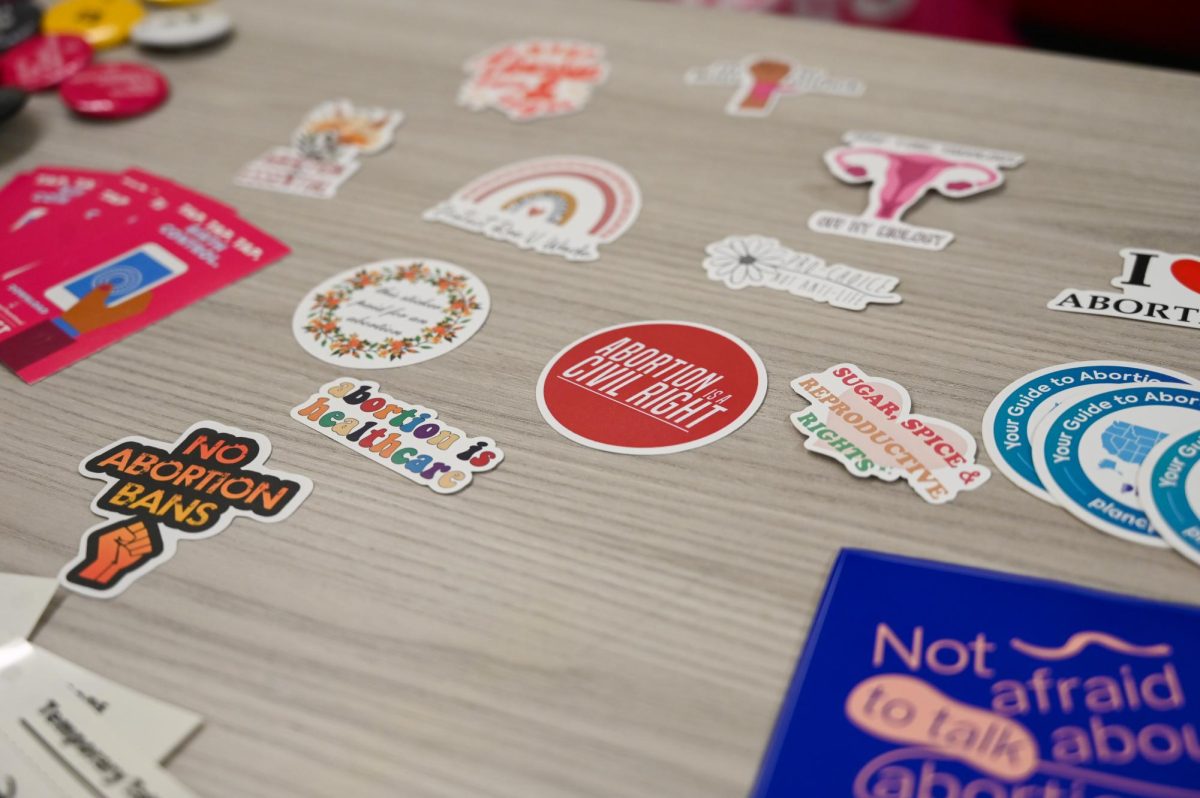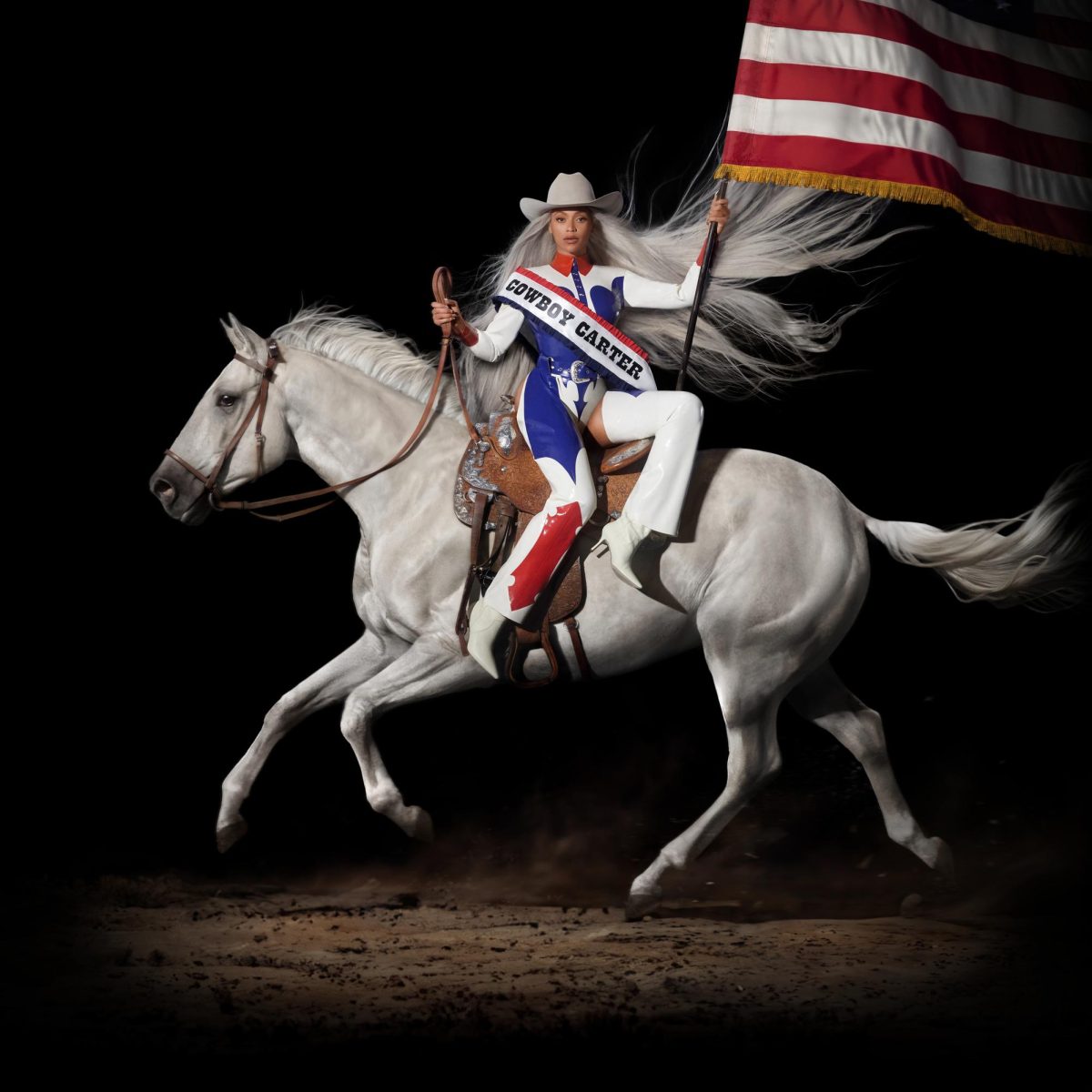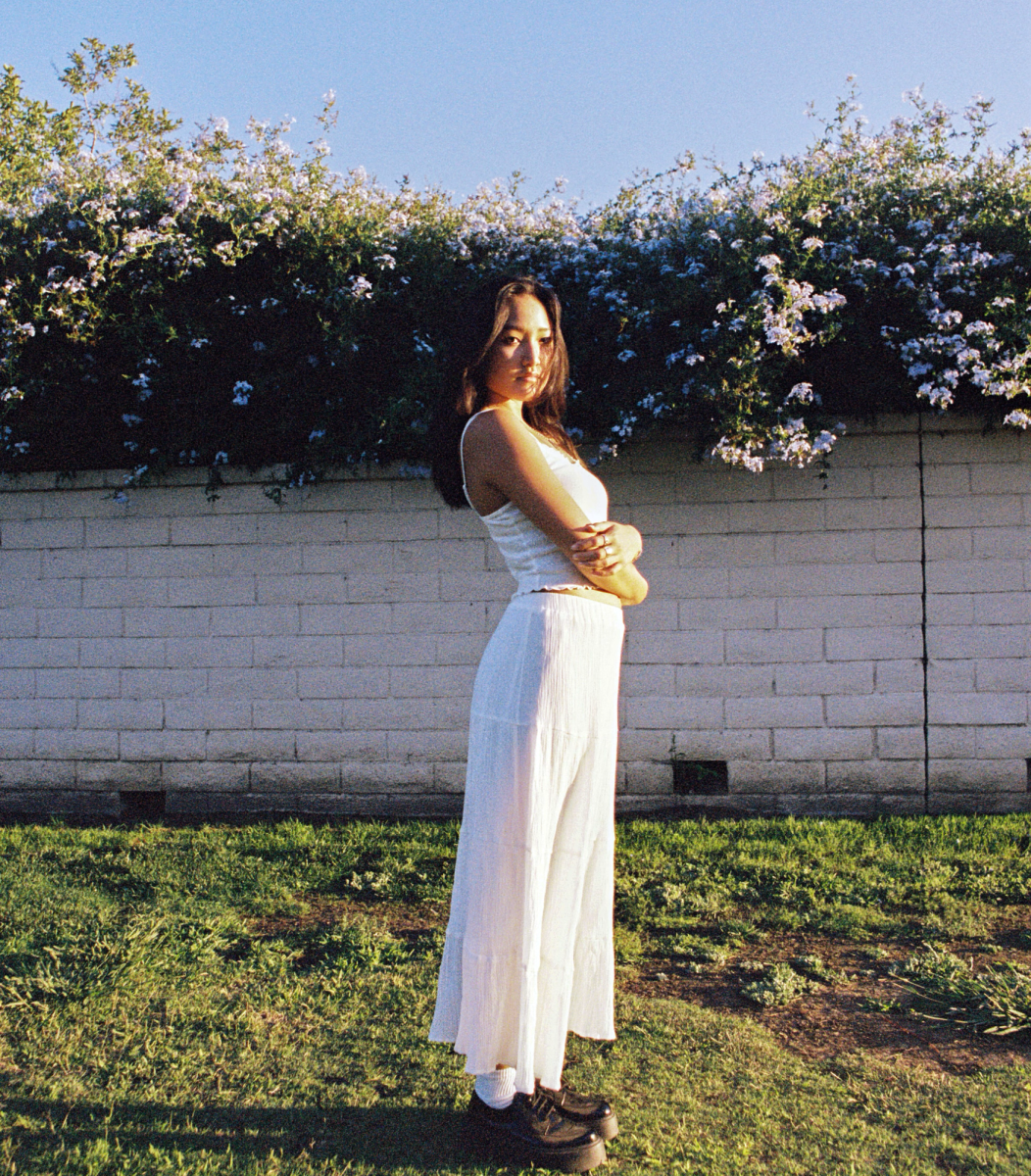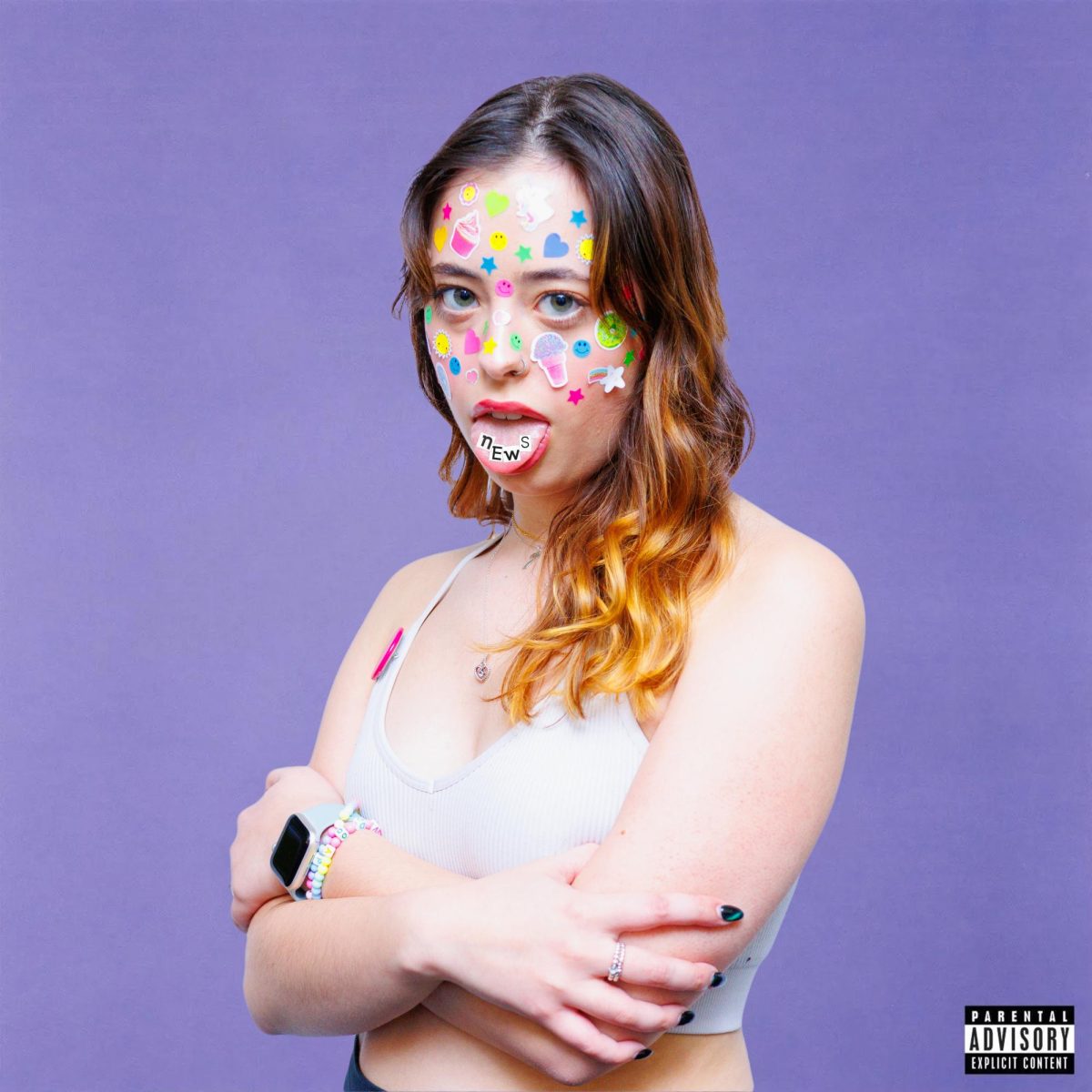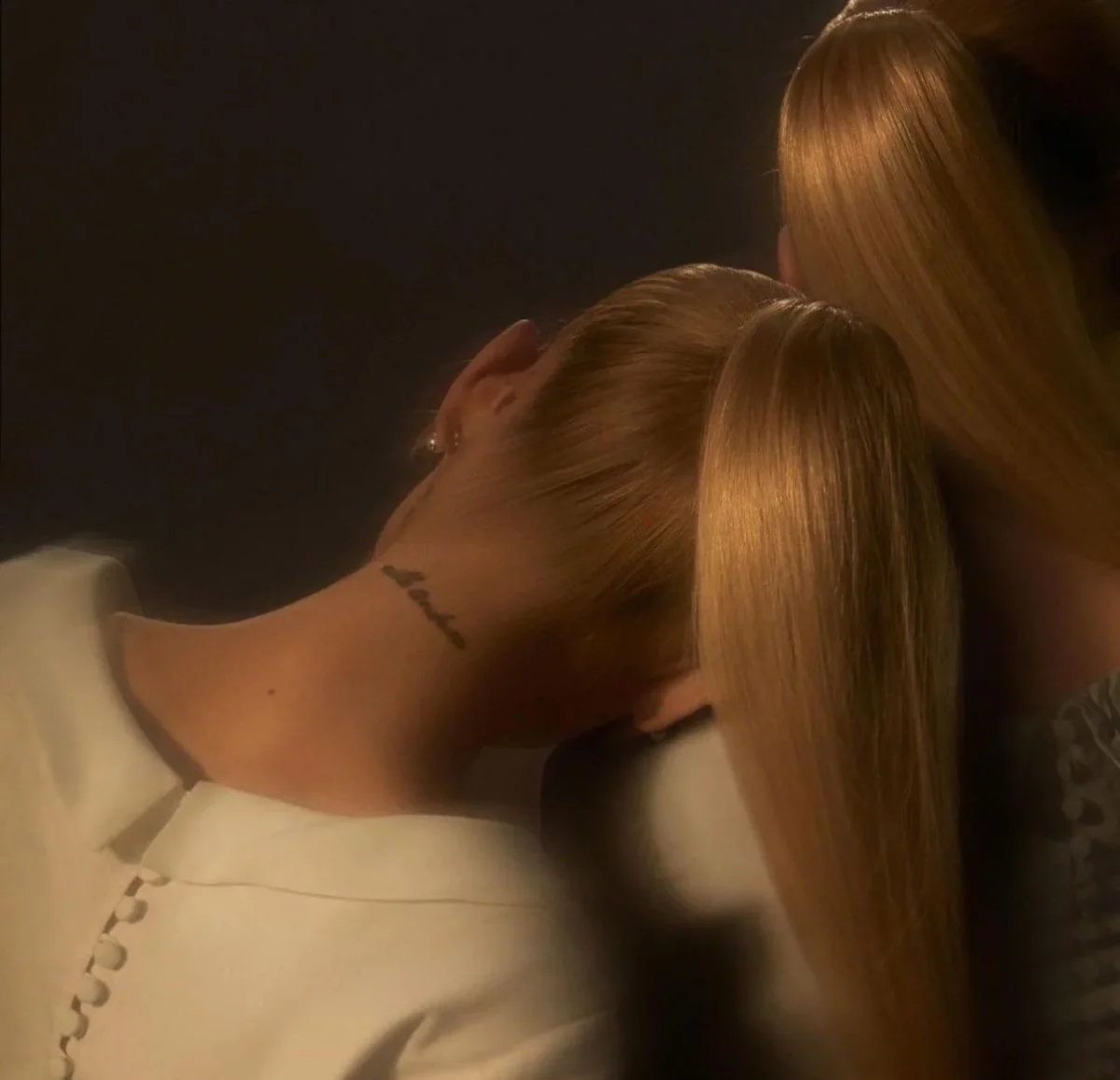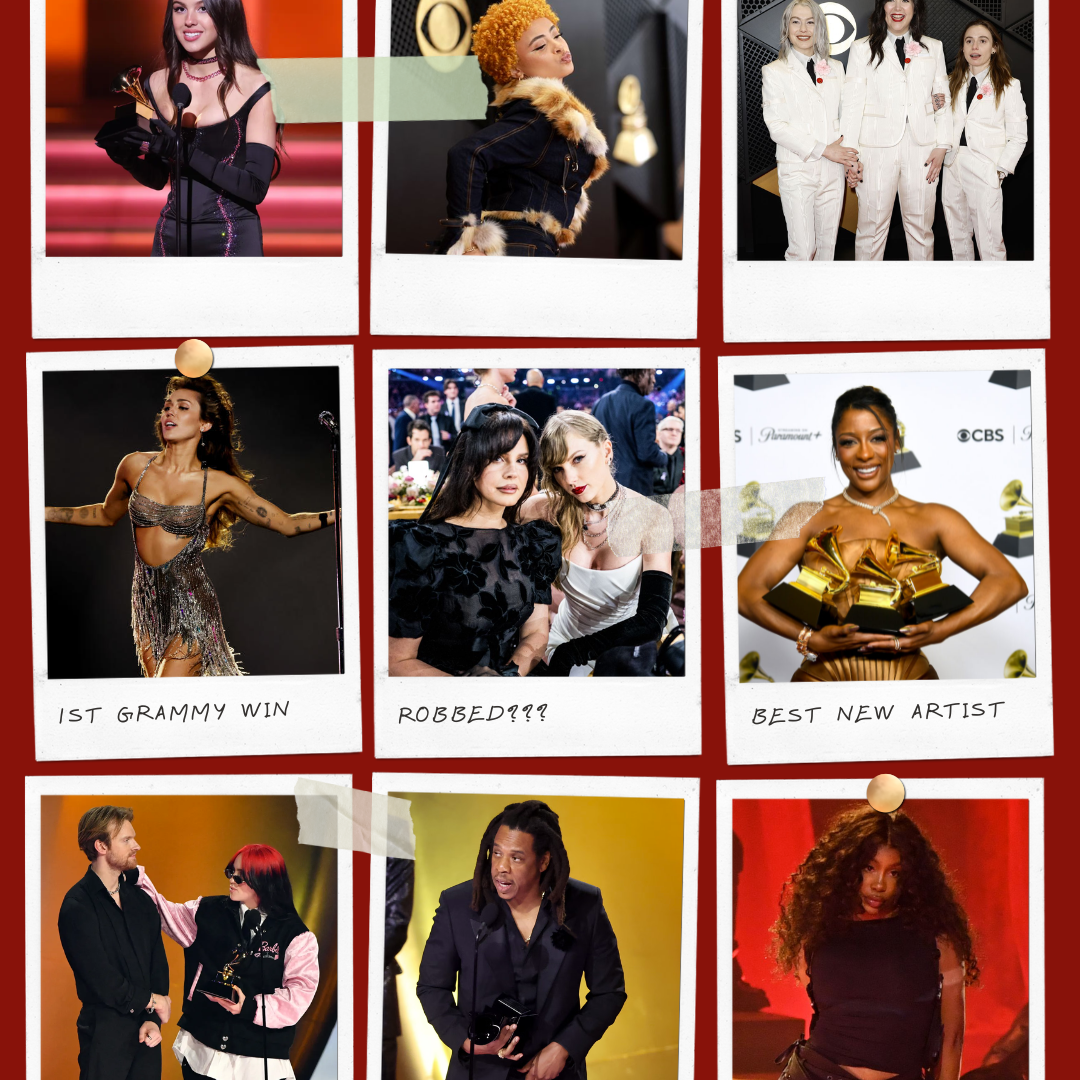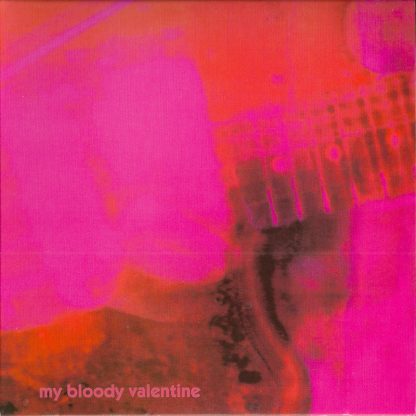
Few bands are as synonymous with an entire genre of music as My Bloody Valentine are with shoegaze, a subgenre of indie and alternative rock. The Irish group, formed in 1983 and led by frontman Kevin Shields, pioneered the ethereal, dissonant, distortion-heavy sound that grew to define the United Kingdom’s alternative scene in the early 1990s.
After releasing their second album “Loveless” in 1991 — widely considered the definitive shoegaze record — the band’s mythology only grew as a combination of technical problems, inner turmoil and writer’s block caused them to split before coming out with a follow-up to their magnum opus. The drought lasted 22 years before the elusive third album was surprise-released in 2013.
My Bloody Valentine’s contributions to music history have been recognized far past their niche subgenre. In 1999, Pitchfork named “Loveless” the best album of the 1990s, while magazines Rolling Stone and NME listed it among the 500 greatest albums of all time. Pitchfork also declared the album’s opening track “Only Shallow” the sixth-best song of the 1990s. Despite universal critical acclaim, the band remains solidly underground — a must-know for devout indie-based music fans, but not a blip on the radar of the general public.
All of this made Supreme’s announcement on April 20 nothing short of bewildering. The popular streetwear brand was launching a collaborative clothing line with none other than the shoegaze legends themselves, available online only on April 23.
“My Bloody Valentine’s music shape-shifts,” Supreme’s press release reads. “It’s hazy, dissonant, abstract, yet rhythmic, sensual and warm … Loveless defied all convention, and with it, My Bloody Valentine has influenced generations of musicians and audiences. The band forged new possibilities in how to make noise music, as well as how to listen to and experience it.”
Supreme’s description of My Bloody Valentine’s legacy is accurate. It just likely meant nothing to the majority of their target audience.
My initial reaction to the news was one of fear.
The minimal overlap between flashy hypebeasts and die-hard shoegazers created concern that the band’s iconography would no longer be a niche reference, making it difficult to distinguish those who wear My Bloody Valentine as a signal of musical appreciation from those who do so as a fashion statement. It would be a fate similar to other music references appropriated into popular culture, such as the artwork to Joy Division’s “Unknown Pleasures” or the Nirvana “smiley face” logo.
Those worries dissipated with time as I began to embrace the idea of the band’s legendary music gaining more recognition with the general public. Especially with the financial consequences of the coronavirus pandemic, I couldn’t blame Shields entirely for capitalizing off his legacy.
What if the profits could hasten the release of new music? Shields promised the release of two new albums in 2019, but unsurprisingly given his history, those plans never came to fruition. This collaboration could produce the money to avoid another 22-year wait.
Instead, my list of complaints diverted to the clothing line’s designs, which revolved around the artwork of three releases: the iconic “Loveless” cover as well as the lesser-known “Feed Me With Your Kiss” and “Glider” EPs. The lazily constructed items don’t do My Bloody Valentine justice, and wouldn’t be noteworthy had an acclaimed band’s name not been attached to it.
The diamonds in the rough were the “Loveless” rayon button-downs, which came in three colors: pink, blue, and green. The former is instantly recognizable as the beloved record’s artwork, while the latter sees the same image filtered through a blue hue while the trademark guitar strings remain recognizable. A $148 cost is hefty for a single button-down, but that’s the price of the Supreme logo.
The Loveless hoodies, on the other hand, are questionable. The album art has been cut in half and flipped vertically, occupying a small sliver of an otherwise solid-colored sweatshirt, while the back consists of the word “Loveless” and a microscopic Supreme logo. This mediocre copy-and-paste job could have been replicated on CustomInk for far less than the $168 cost.
Similar criticisms are applicable to the two t-shirts, which bear the cover of two EPs, neither of which are the band’s most famous “You Made Me Realise”. The Glider tee does interestingly lay out the release’s tracklist across the back, but it’s not enough to counteract the prosaic design.
Even with the price tag, it’s easy to understand why shoegaze fans would jump on the collaboration. My Bloody Valentine are reclusive to the point where they currently lack a working website, making official merchandise near impossible to purchase. With nothing on the horizon, this drop offered a rare shot at obtaining some.
Within the hypebeast community, however, the clothing line was met with mixed reviews from those unaware of the group’s musical legacy. Whether it be reducing them to “just another European band” or describing a design as “Marilyn Manson-looking”, frequent Supreme buyers were left in confusion over the shirts and their perceived limited resale value.
Time has yet to tell how associating with Supreme will affect My Bloody Valentine’s image. Given the cold reception and the lack of an enthusiastic resale market, it’s likely this line will eventually fade into history as an odd footnote rather than a trajectory-changing historical event in the band’s career. Three weeks later, Supreme announced another collaboration with the late tortured singer-songwriter Daniel Johnston. Their prior effort five years ago had no major impact on Johnston’s popularity or artistic reputation.
My Bloody Valentine already is as popular as shoegaze gets, with exposure outside the RateYourMusic.com-type circles that hold their music in the highest esteem. Point to the usage of “Sometimes” in the Oscar-nominated movie “Lost in Translation” or their appearance on Kanye West and Kim Kardashian’s shirts.
Is there room for an inherently noisy and unconventional genre like shoegaze to rise in mainstream awareness over three decades past its inception? Will affixing a Supreme logo make the music more digestible for the masses? It’s unlikely that anything will arise from this outside of a few people randomly sporting “Loveless” without knowledge, but for a brief moment, it looked like My Bloody Valentine was about to see a bloom in notability.











